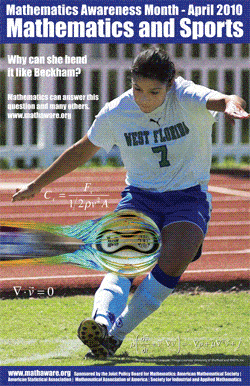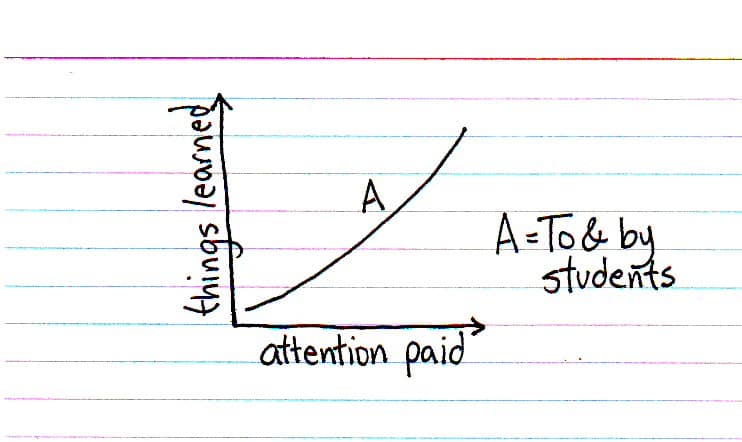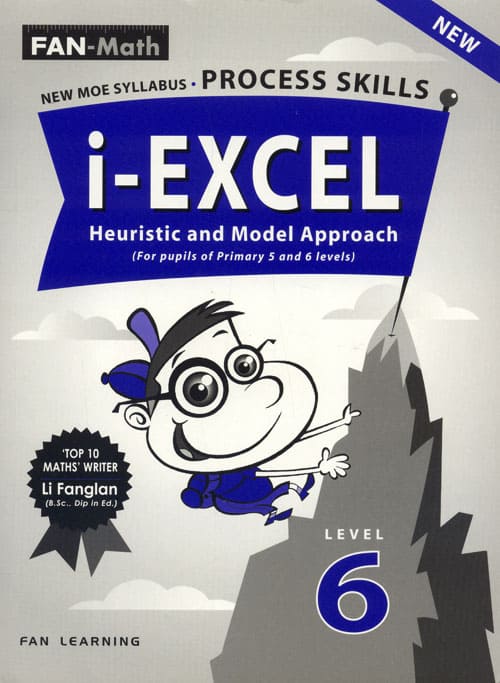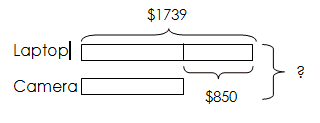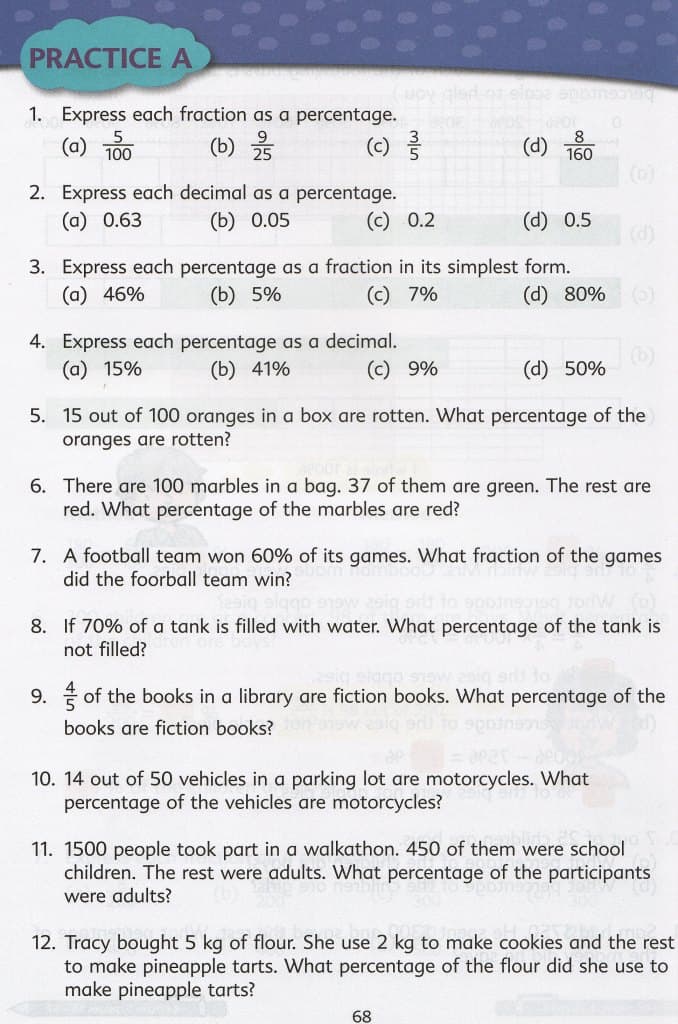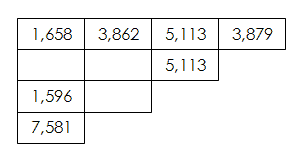Last week, two mathematics conferences were held in San Diego: The NCSM (National Council of Supervisors of Mathematics) and the NCTM (National Council of Teachers of Mathematics. The first focuses on mathematics teacher-leaders and includes supervisors, coaches, and just about anyone who works at a department head level or is involved in a Professional Learning Community. The NCTM national conference is a whopper! Over 10,000 people attended this year and while those numbers are down from prior years, there were plenty of interesting sessions to attend and informative people to meet.
Singapore Math was well represented at both conferences, which prompted this tongue-in-cheek tweet from a @ddmeyer, a high school math teacher:
“Hey you guys! Has anybody heard anything about this “Singapore Math”?! #nctm10”
From the session descriptions alone, I counted:
NCSM: Six Singapore Math sessions for 1500 attendees
- Singapore Math for the U.S. Classroom *
- Lessons from Singapore: The Professional Development Required to Implement a World-Class Curriculum *
- Intriguing Lessons About How Math is Taught and Assessed in High Performing Asian Countries
- Developing a Singapore Math Curriculum: From Theory to Practice *
- Using Singapore Math Model Drawing to Help Special Education Students and Struggling Learners Become More Capable and Willing Problem Solvers
- Integrating Curriculum, Assessment, and Teacher Professional Development: Singapore and the United States *
NCTM: Twelve Singapore Math sessions for about 10,000 attendees
- Linking Concepts, Context, and Problem Solving through Singapore Math Model Drawing
- A Glimpse of Singapore Math in the Primary Grades
- The Cutting Edge of Singapore Math: Problem Solving, Creative Thinking and Inquiry Thinking
- The Singapore Math for Helping Children Solve Challenging Mathematical Problems
- Singapore Math: Contextual Word Problem Solving Leads to Concept Mastery
- Math with Meaning – Success the Singapore Way: Foundations of Number Sense
- Does Singapore Mathematics Enhance Students’ Learning in the United States *
- Making Connections: Problems from Singapore Classrooms
- Lessons from Singapore: Using Visual Models to Teach Algebra and Number Sense
- Using “Strip Diagrams” to Solve Algebra Word Problems
- Intervention Strategies: The Singapore Way
- Let’s Make Triangles With Sticks! Geometry in Asian Textbooks
Sessions with an asterisk (*) are ones that I attended and reviews of those are forthcoming. With over 750 total sessions, scheduling at NCTM was a challenge. There were three different venues and many of the Singapore Math-related sessions at NCTM ran concurrently or overlapped. Anyone truly interested in learning about Singapore Math could have attended six entire sessions or parts of all of them.
Of the six sessions at the NCSM, half were by Houghton Mifflin Harcourt’s Math in Focus series authors Patsy Kanter, Andy Clark and Dr. Fong Ho Kheong. They were the only sponsors at the NCSM conference sponsor area that displayed materials related to the Singapore Math Curriculum. (Also published by Houghton Mifflin Harcourt divisions and on display in the booth: Saxon Math, Think Math, McDougal Littell, Destination Math, Go Math)
This was my second NCTM conference (takeways from 2009 here) and my first visit to the NCSM. I can see that I will need to reserve the full week in the future to attend both. In addition to the Singapore Math-related sessions, I attended sessions on formative assessment, writing effective homework, coaching, asking good questions and fractions. My mind was expanded by renowned professors such as Deborah Loewenberg-Ball and Hung-Hsi Wu (session reviewed at Kitchen Table Math II).
Start saving now for next year’s annual conferences in Indianapolis, April 11 – 16, 2011!

